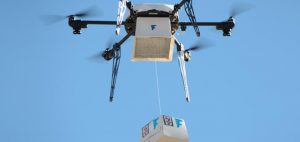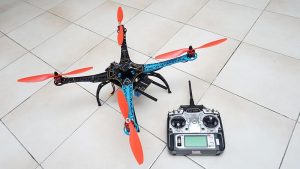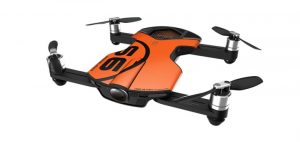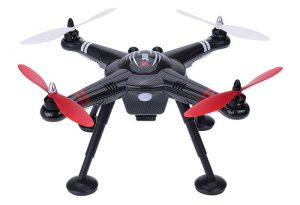Tech enthusiasts in the US West Coast and surrounding areas will be able to enjoy a better shopping experience at GearBest now that the Chinese company has launched its LA warehouse to better serve customers in the region.
Although the company has been operating a warehouse in New York for some time now, the GearBest LA warehouse is the company’s first to be based in the West Coast.
The move was prompted by a high demand for GearBest products in the region and the company hopes to shorten delivery times even further with the launching of its new warehouse there. GearBest orders typically take 3 to 4 working days to reach customers in the US when shipped from the New York warehouse, depending on where the orders are shipped to. With the new warehouse in LA, GearBest expects shorter delivery times of around 2 to 3 working days to West Coast residents.

The LA Warehouse section at the GearBest website currently has 34 items listed which includes an assortment of tech products and RC toys. The company plans to add more products soon.
There are a number of good reasons why you might want to shop at the GearBest LA Warehouse section if you’re living in the West Coast. For one, you can say goodbye to any hassle in dealing with US Customs or paying import duties. If an item costs $99 shipped, there are no extra hidden costs that you need to worry about.
Secondly, products are generally cheaper since GearBest ships them to the US by sea before stocking them at their warehouse. All China-based online retailers ship their orders by air which is much faster than surface shipping but at the same time costs significantly more.
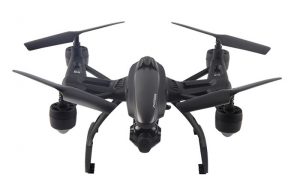
The savings in shipping we are talking about here can be quite substantial. Take, for instance, the JXD 509G quadcopter (shown above) which costs $89.29 when shipped from GearBest China. When shipped from any of the company’s US warehouses to a US address, the price is a more affordable $78.41. That’s a saving of about $10.88.
